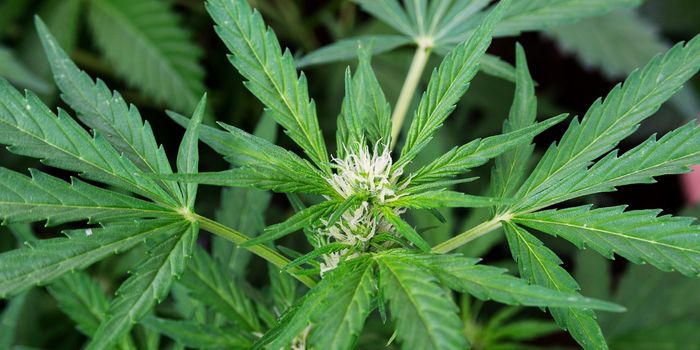Are mouse research facilities at the right temperature? A recent opinion piece/review published in Trends in Cancer seems to think not. Authors Bonnie Hylander and Elizabeth Repasky from Roswell Park Cancer Institute have comprehensively reviewed the literature on the effects of ambient temperature on a variety of disease models and have concluded that temperature does have a significant impact on experimental results.
The National Research Council has set a guideline for mouse facilities to be kept at 20-26?, a comfortable working temperature for humans. However, the thermoneutral temperature for a mouse is much warmer, more like 30-32?. Thermoneutral temperature refers to the temperature at which an organism is expending the minimal amount of energy on temperature regulation. That temperature is much higher for mice than it is for humans and so mice in research facilities are constantly in a state of mild cold stress. When constantly exposed to cold, mice enter a state of “adaptive thermogenesis.” Adaptive thermogenesis is the process of increasing metabolic activity and heat generation by sympathetic nervous system norepinephrine (NE) release. The NE stimulates brown adipose tissue (BAT) activity. Unlike white adipose tissue, BAT is a thermogenic organ, like muscle. The increased BAT activity contributes to some of the changes between mice housed at normal animal facility temperature (sub-thermoneutral temperature, ST) and mice housed at their thermoneutral temperature (TT). Some of the differences are in basal metabolic activity, cardiovascular physiology, the size of organs, and tail length.
Some of these differences caused by ambient temperature have a huge effect on research results. Multiple studies in the field of obesity and neurobiology have shown that temperature can greatly affect results, which makes a lot of sense. If chronic mild cold stress stimulates BAT activity, the mouse will burn more energy at rest compared to a mouse at TT which will affect body weight. Basal metabolic rate can also affect neurobiology because the brain is such an energetically-demanding organ. Importantly, ambient temperature can also have an effect on inflammation and tumor growth. There has been a lot of research of tumor immunology in recent years, but mouse studies in this field might be less translatable to humans than previously thought. Mice at ST are less able to fight cancer compared to mice at TT. The mice kept at warmer temperatures have slower tumor growth and the tumors are less likely to metastasize, probably because the mouse is not under mild cold stress. However, ST can be beneficial for conditions that have an overactive immune system, such as graft versus host disease (GVHD). In that case, mice at ST are much more resilient against the disease than mice kept at TT.

There is overwhelming evidence that ambient temperature affects results in mouse models of various diseases and can skew the investigation of many different biological processes. But the main point that Hylander and Repasky wanted to make was not that all mouse facilities should be kept at a toasty 30?, but rather that temperature is an important variable. They hypothesized that some issues with reproducibility can be traced back to differences in temperature between labs. With the differential effects that temperature can have on different disease models, Hylander and Repasky have also pointed out that choosing a temperature to optimize the translatability of mouse studies to humans is something to consider when designing an experiment. As a researcher who works with mice, temperature is a variable that I have not really considered before, but after reading this, is one that I will have to pay much more attention to.









